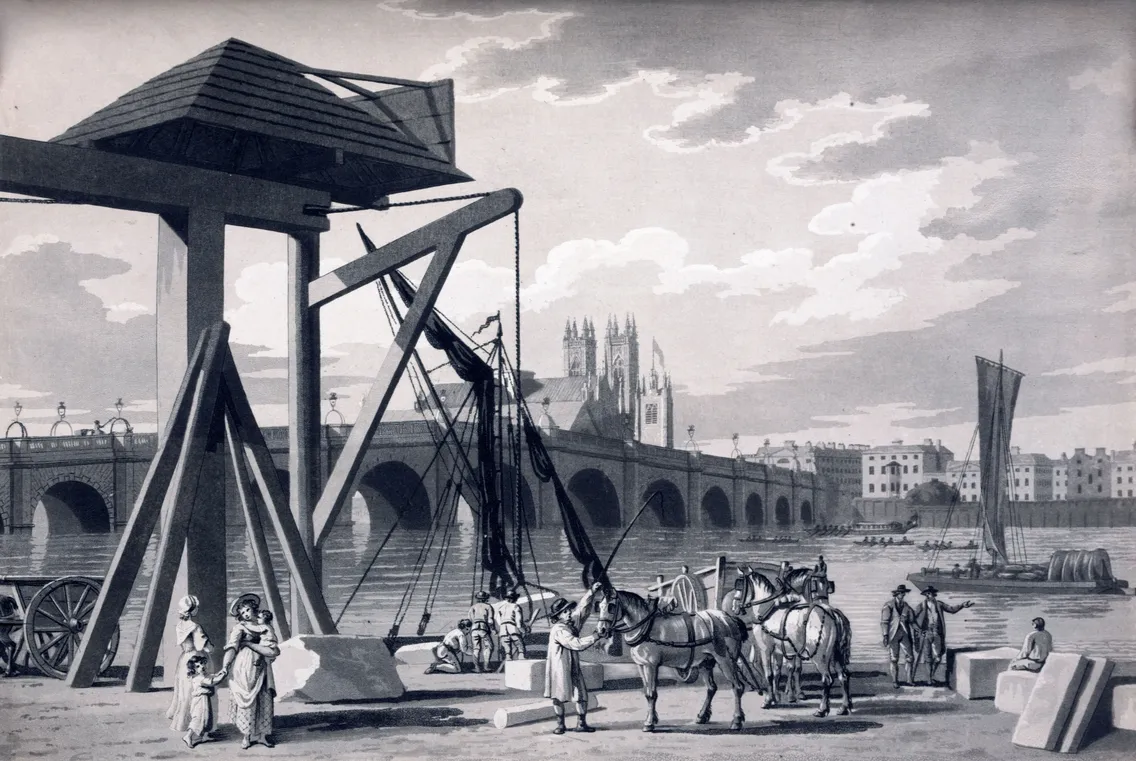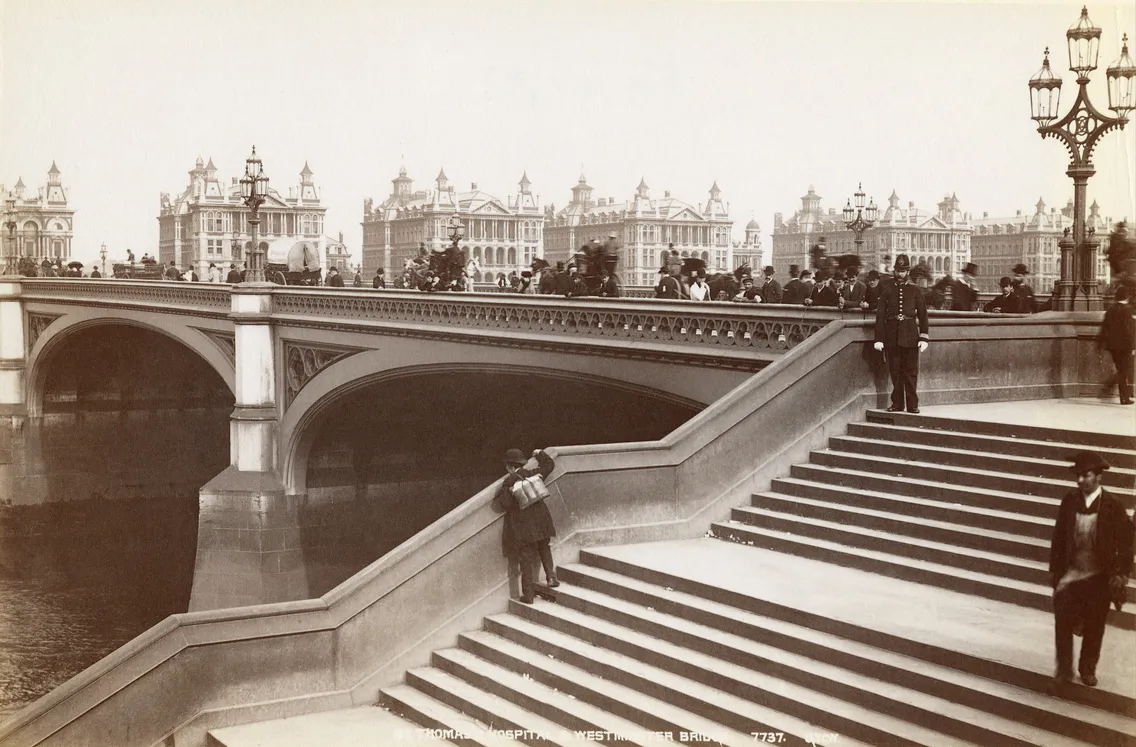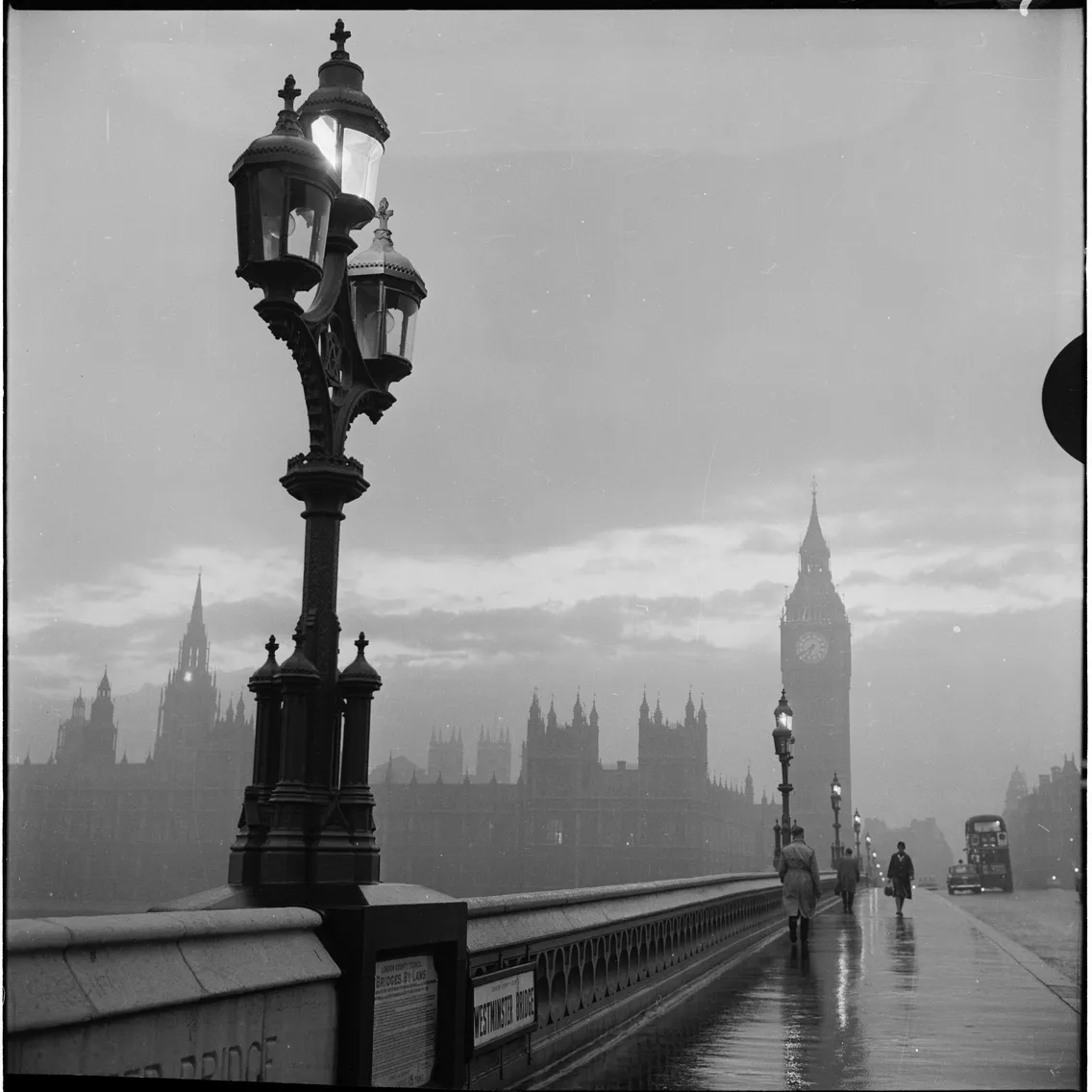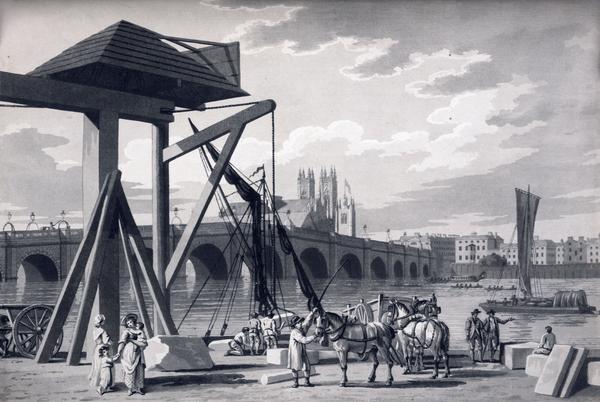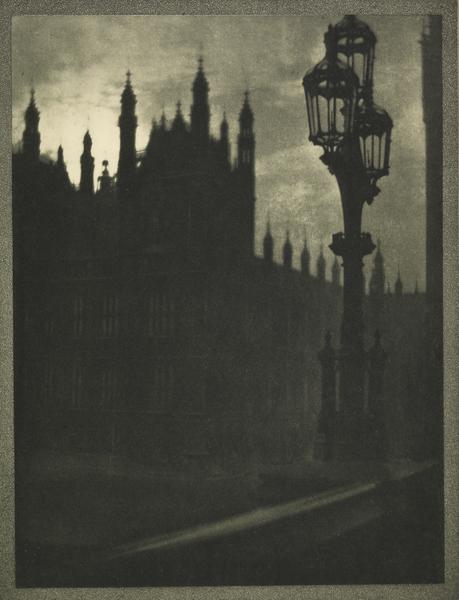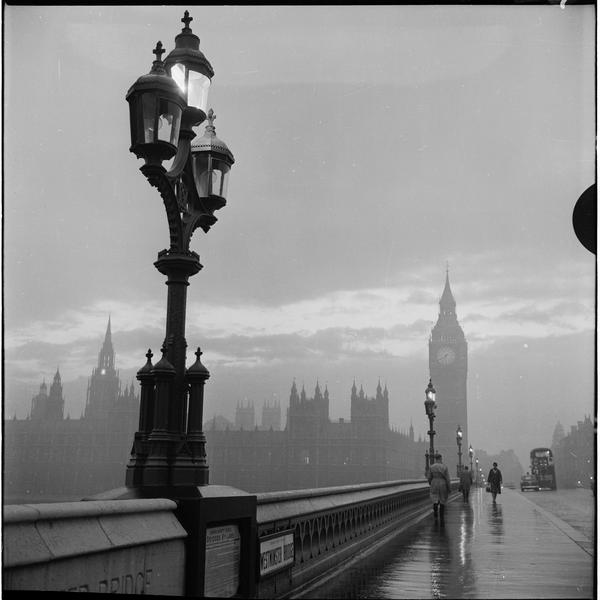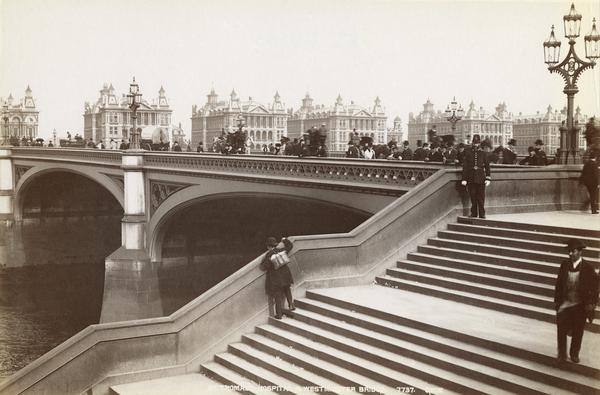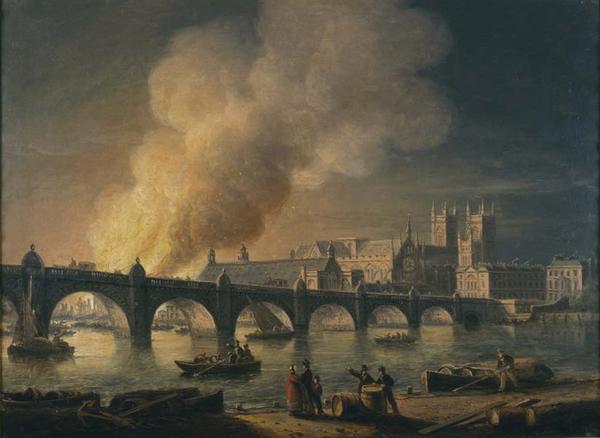Westminster Bridge
Westminster Bridge is the thrilling crossing that takes you to the iconic heart of the UK’s government. It’s been painted by Canaletto, Monet and Turner.
City of Westminster
Since 1747
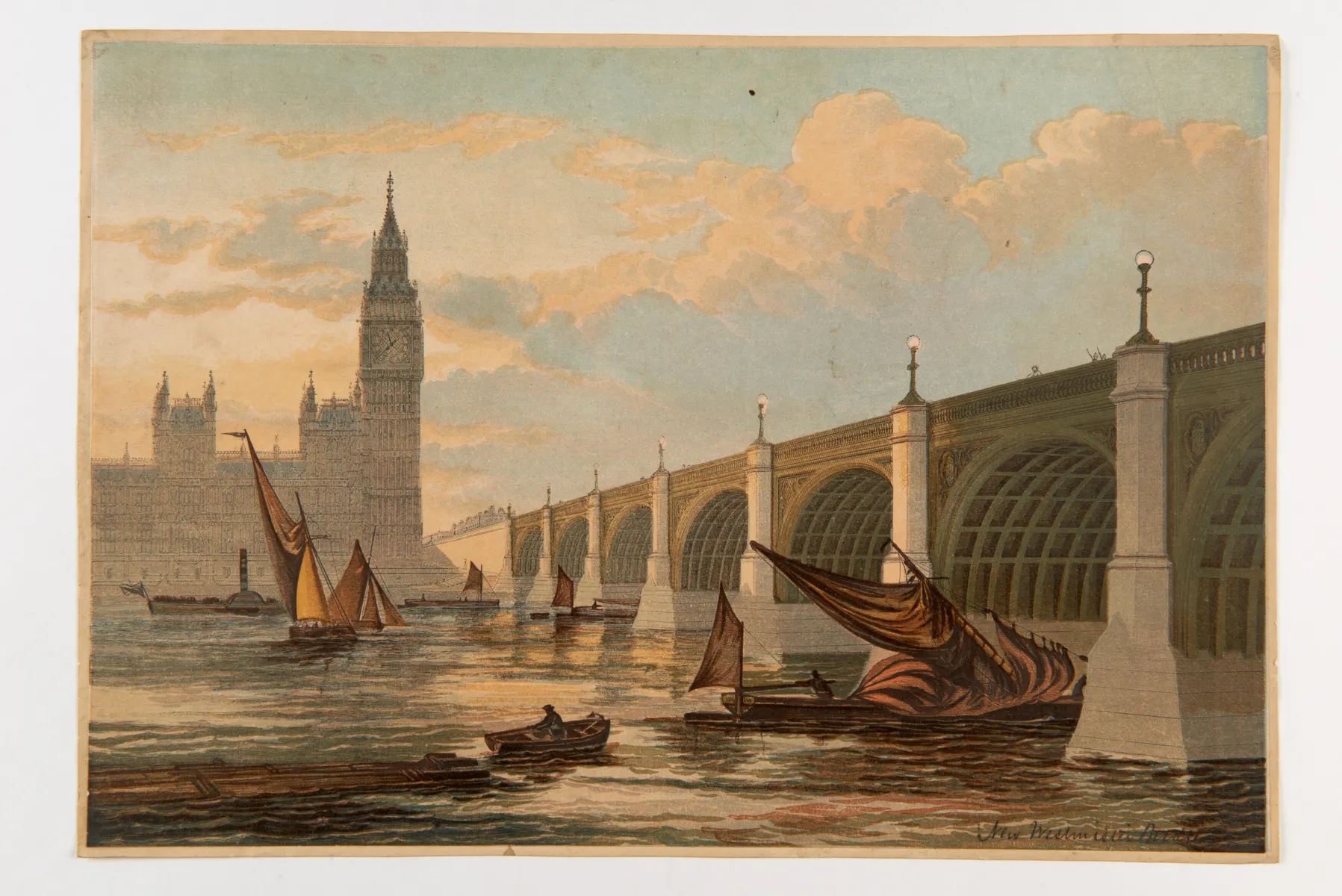
Over the water to Big Ben and Parliament
Few London locations embody this city’s remarkable way of blending fast-paced modern life and cherished historic landmarks like Westminster Bridge.
It’s where commuters hurry past as wide-eyed tourists experience one of those “I’m really in London!” moments. In one direction, red double-decker buses and black taxis against a backdrop of the Thames, in the other – it’s only Big Ben!
Opposing the crossing
Despite Westminster’s importance as the site of Westminster Abbey and the Houses of Parliament, for centuries it could only be accessed from the south by boat or horse ferry. The nearest bridges were in Putney to the west and London Bridge to the east.
A bridge was suggested in the 1660s but never built. This was partly due to objections by Thames watermen, who earned a living carrying people across the river, and the Archbishop of Canterbury, who owned the nearby horse ferry. They knew a bridge would almost certainly spell the end of their businesses.
Growing congestion led to the revival of the idea and in 1738, building began on what would be the biggest stone bridge in Britain. Compensation was paid to those whose incomes were impacted.
The project was headed by the Swiss engineer Charles Labelye. Construction was finished in 1747 – but by then, some piers had settled and needed repairing.
Finally, in 1750, Westminster Bridge opened fully, with a procession to celebrate what was described as “the most magnificent monument of our times”.
“Earth has not anything to show more fair”
William Wordsworth, 1802
Rebuilding bridges
In 1837 work began to repair the piers of Westminster Bridge. But as soon as the work was finished, a decision was taken to build a new bridge – the one we see today.
Construction began in 1854, with the opening taking place in May 1862. The new bridge was made from cast iron and featured seven arches. Its 25-metre span was considered very wide for the era.
It was designed by the engineer Thomas Page, who also built the first Chelsea Bridge. Architect Sir Charles Barry, who designed the Houses of Parliament, also worked on the project.
In 2008, a five-year restoration of Westminster Bridge was completed. It covered everything from the underwater piers and road surface, to the tips of the distinctive lanterns which light it up at night.
Inspiring artists
The Italian artist Canaletto, famous for his scenes of Venice, painted Westminster Bridge in 1747 – one of its earliest depictions in art. But he finished it before the bridge had actually opened and some elements of his scene are imaginary.
Other noted artists to make pictures of Westminster Bridge are JMW Turner, and James McNeill Whistler. Monet, the French Impressionist, included the second bridge in his painting The Thames Below Westminster, from around 1871.
Poet William Wordsworth is often associated with nature-inspired verse, but one of his most famous sonnets is called Composed upon Westminster Bridge, September 3, 1802.
In it he describes the overwhelming beauty of London and the Thames in the still of early morning:
Earth has not any thing to show more fair:
Dull would he be of soul who could pass by
A sight so touching in its majesty
Today it is common to see artists and photographers capturing views from Westminster Bridge. It is also the perfect spot for tourists to snap a selfie with Big Ben in the background.
Connections: Westminster and Lambeth
Westminster Bridge runs from Parliament Square on the north side to the roundabout where Westminster Bridge Road intersects with York Road and Lambeth Palace Road.
While the UK government remains on the north side, London’s local government once sat in County Hall on the south side. St Thomas’ Hospital can also be found on the south side of the bridge.
The bridge connects the borough of Lambeth with the City of Westminster and is used by pedestrians, bicycles and motor vehicles.
To the east are the Hungerford Bridge and Golden Jubilee Bridges. To the west, Lambeth Bridge is the next crossing.


